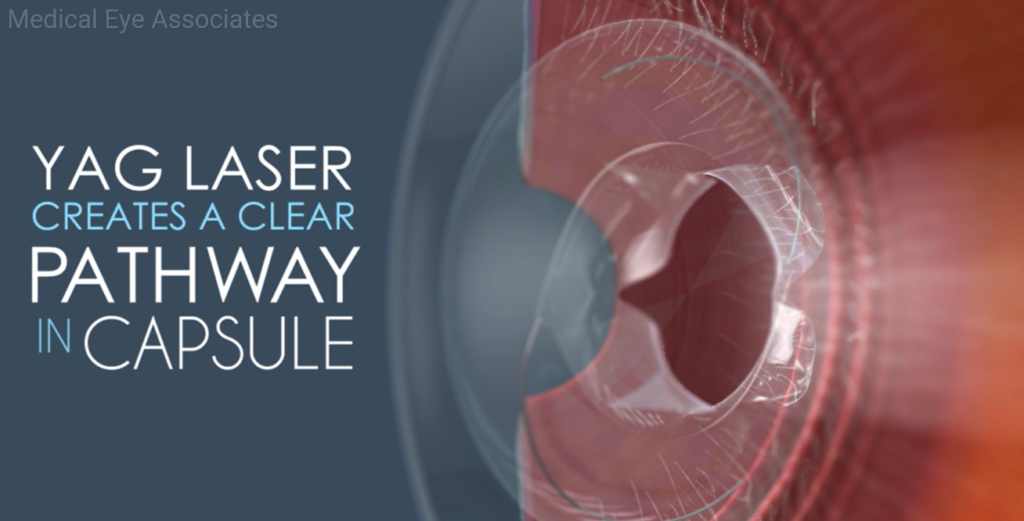3 MYTHS ABOUT CATARACT BY MONT CARTWRIGHT M.D
Cataract are the leading cause of vision loss worldwide, however, myths persist about their cause and treatment. Cataracts affect nearly 22 million Americans age 40 and older. After the age of 80, more than half of all Americans will have cataracts, according to the National Eye Institute. Despite the latest advancements in cataract removal, approximately 51% of the world’s population is blind due to cataracts.

US Population Affected by Cataract
Cataracts is not a disease you contract. It’s a natural result of getting older, similar to wrinkles and gray hair. As we age, cells die and accumulate behind the eye lens, which can cause it to turn yellow and cloudy. The result is the blurred vision and fuzziness.
With the large amount of information out there, it can be difficult to discern facts from myths. Here are 5 myths about cataracts, debunked:
MYTH 1 Cataract are reversible
Cataracts are not preventable, but you can certainly slow their formation by eating well, not smoking, and wearing sunglasses that provide UV protection. In the same way that you cannot prevent cataracts, you also cannot reverse their formation. The only treatment for cataracts is cataract surgery, which replaces the clouded lens with an artificial one.
MYTH 2 Cataracts can be dissolved with eye drops
A cataract is not a substance. Unlike a film of soap scum on glass, cataracts cannot be wiped away or dissolved, and the FDA has not approved any medication that can do so. No drops can cure or delay the formation of cataracts. Some companies may claim their products can dissolve cataracts, but this is not true. At this time, surgery is one of the best treatments for cataracts.
MYTH 3 Cataracts can return after the surgery
Sometimes, months and even years after cataract and lens replacement surgery you vision might seem to fade. This is often because of Posterior Capsular Clouding. When you had your cataract and lens implant surgery, an intra ocular lens, or IOL, was implanted within the lens capsule. The lens capsule is tin, elastic and transparent envelope inside your eye that once help your natural lens, and now keeps the IOL in place. Within a few weeks after the lens implant surgery the capsule shrinks and seals itself to the IOL. As time goes by, the capsule may become cloudy. This is not a cataract coming back, but a very common side effect following lens replacement. This could be easily fixed with simple procedure called YAG Laser Capsulotomy. The YAG laser will make an opening in the center of the posterior capsule about the size of you pupil, creating a clear visual pathway. Once this YAG procedure is completed, you should see a fast improvement in your overall vision. Fortunately, this is a onetime event, and extremely unlikely to ever need to be repeated in the future.
YAG Laser Capsulotomy Video
Call Medical Eye Associates at 888-899-8757 if you have any questions.



